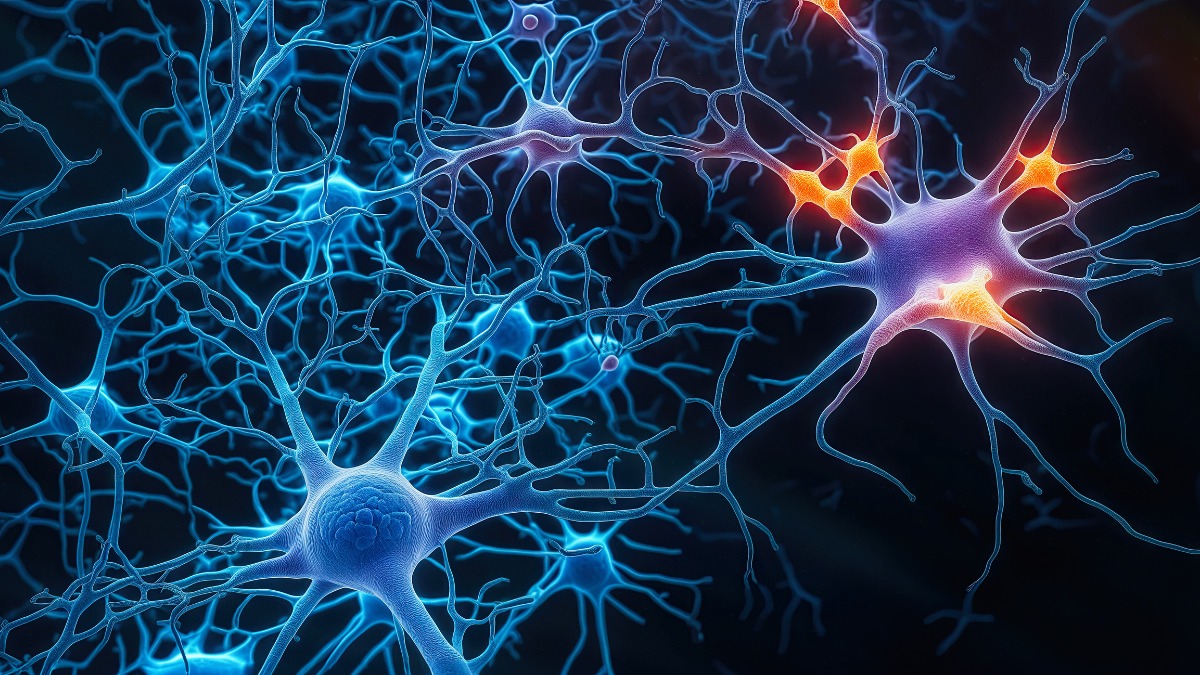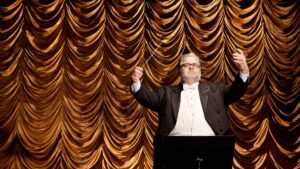Biocurious: With Singaporean approval ticked off, Orthocell eyes the crucial US nerve-repair market

Orthocell continues to make strides into new markets with its nerve repair technology. Pic: Getty Images
- Singapore’s medical regulator this week approved Orthocell’s leading nerve-repair device Remplir
- Remplir shows great promise in restoring function for paraplegics and quadriplegics
- Orthocell estimates the potential global market at US$335 million
One of medicine’s holy grails is a ‘cure’ for paraplegia and quadriplegia – a quest not yet within reach of nerve repair company Orthocell (ASX:OCC).
But clinical experience to date with Orthocell’s collagen nerve wrap Remplir shows that achieving this quest may not be in the realms of science fiction, either.
In 2022 the Perth-based Orthocell reported “encouraging results” from a nerve reconstruction trial at Subiaco’s Western Orthopaedic Centre.
An exponent of the company’s Celgro collagen membrane platform derived from porcine material, Remplir joins severed nerves together and wraps around the healing nerve to prevent scarring.
Remplir also caps nerves severed in amputations.
“We have been able to significantly improve the offering in this space with a product that re-defines nerve repair,” says Orthocell CEO Paul Anderson.
“It provides exceptional handling characteristics and an unparalleled healing microenvironment and it is the only product that … integrates and degrades at a time that is commensurate with the tissue you are trying to heal.”
Providing hope for traumatic nerve injury patients
The 27 patients in the Perth trial had suffered traumatic nerve injuries following motor vehicle, sporting or work accidents, with 17 becoming quadriplegics.
The treatment with Remplir showed early recovery of muscle function to paralysed upper limbs, with continued improvement over 12 and 24 months. Of the quadriplegics, 11 of them (92%) showed improved function.
Orthocell cites the real-life experience of 43 year-old father Adrian Walsh, who became quadriplegic after a mountain bike mishap seven years ago.
Having had no strength in his arms, fingers and legs, post-surgery Walsh was able to perform activities such as wheelchair rugby and driving a car.
“Using the term ‘cure’ is a stretch, but we are focusing on ensuring the daily living activities that are so important,” says Anderson.
“We deal with incredibly brave patients with catastrophic injuries and we deal with surgeons skilled in helping these patients.”
Remplir already is approved in Australia and New Zealand, with Singapore this week adding its imprimatur. The all-important US market beckons, with the US Food & Drug Administration expected to approve the product by March next year.
Singapore approval opens a broader Asian market
The Singapore market is more important than its population of five million would suggest, because the Lion City’s sophisticated medical system is a magnet for patients Asia-wide.
Approval from Singapore’s Health Sciences Authority is also recognised by a string of Asian countries including Thailand and Vietnam, which have a high rate of motorbike accidents.
“It’s not just about how big the Singapore market is, it’s about what it gives us access to,” Anderson says.
The company estimates 1000 nerve repair procedures are done in Singapore annually, but that pales against the 700,000 surgeries carried out in the US.
Not surprisingly, gunshot wounds feature heavily on US hospital lists. “They are complex surgeries because ballistics destroy so many bones, nerves and tendons on the way through,” Anderson says.
Celgro initially was pitched at surgical repair of bone and soft tissue, with the FDA approving it as a device for dental bone and tissue regeneration in 2021.
Orthocell’s initial market entrée is by way of its commercialised dental repair product Striate.
With almost half of dental implants requiring a bone graft, the Striate membrane is placed on top of the bone graft to quicken growth and healing.
‘Accidentists’ in the dental sector
Anderson dubs the company “accidentists”, in that they didn’t intend to enter the dental sector. In 2022, the company entered a global deal with Biohorizons Implant Systems, an arm of dental supplies giant Henry Schein.
In effect, Orthocell sold the Striate rights to Biohorizons for $23 million of upfront dilutive funding, with Orthocell deriving ongoing revenue from making and supplying the material.
Anderson says Striate has been crucial in proving Celgro’s street cred. What’s more, Striate delivered handy revenue of $3.4 million in the 2023-24 year, half of the company’s total turnover.
“While we didn’t set out to be a dental company, the Biohorizons deal has been absolutely genius in providing us with non-dilutive capital and validating our manufacturing processes,” Anderson says.
Approved here in March 2022, Remplir is being used by around 130 orthopaedic and plastic surgeons and last year contributed $1.07 million of revenue (16% of OCC’s total).
Competing with the sector giants
As is always the case with medical devices, Orthocell competes with larger established rivals.
Anderson describes the incumbents, the Nasdaq-listed Axogen and Integra Lifesciences as having “first generation” products whereas Remplir is the 3G version with the motoring equivalent of a sunroof and leather seats.
Ironically, having such rivals makes Orthocell’s FDA application easier, as it is using the 510k predicate device route which means the company only has to prove equivalence to existing products.
Management aims for a market share of 20%, but even that modest target would translate to global wholesale revenue for the company of US$335 million a year.
While the US remains the main prize, Orthocell is still awaiting Remplir approval in other significant geographies including Brazil, the European Union and the UK.
The next Polynovo?
Having listed just over a decade ago at 40c apiece, Orthocell has suffered the market vagaries that have seen earlier-stage device plays priced more extravagantly than commercialised ones.
Orthocell shares hit a record 80c in 2015 and at the time of writing changed hand for 52c, ascribing a $108 million market capitalisation.
Orthocell’s nearest ASX exemplar is PolyNovo (ASX:PNV) with its lattice-type devices for procedures such as wound repair and hernias.
Polynovo is now worth $1.7 billion, having recorded $104m of revenue and a $5.3m net profit last year.
Anderson says if Orthocell had been US-based, the IPO would have been too early.
“But ten years ago there was a negligible venture capital environment so we had to go to market to … survive and progress,” he says.
“It has taken a while, but on average it takes eight to ten years to get a [medical device] to market so we are not too far off the pace.”
At Stockhead, we tell it like it is. While Orthocell is a Stockhead advertiser, the company did not sponsor this article.

UNLOCK INSIGHTS
Discover the untold stories of emerging ASX stocks.
Daily news and expert analysis, it's free to subscribe.
By proceeding, you confirm you understand that we handle personal information in accordance with our Privacy Policy.








